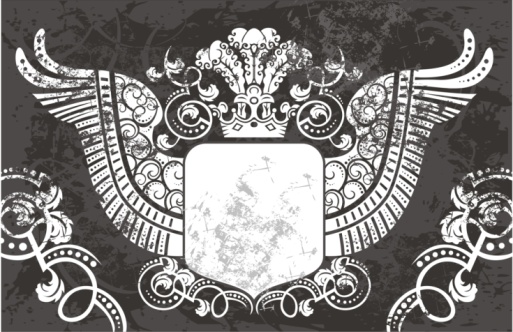“The Business Rule Revolution is the awakening of business leaders to the importance of business integrity and governance through management of individual rules.” A new book, The Business Rule Revolution, is an anthology of real-world business rule experiences shared by the following people: John Zachman, the father of the ZFW for Enterprise Architecture. Neil McWhorter, Larry Ward and Jordan Masanga of an Oregon State Agency, Art Moore and Michael Beck, John Semmel of Aetna, Gene Weng from a large financial services company, May Abraham, Brian Stucky, Linda Nieporent, and James Taylor.
Not only is each chapter written by a different author, but most of them don’t know each other. They are not theorists or teachers or even professional presenters. They are practitioners. Some work for corporations (such as in healthcare or financial services), some work for government agencies (such as state agencies), some are consultants, and some are software vendors.
It was interesting to embark on a book with a table of contents, but no content. What would it turn out to be? What would we learn? Would we find enough commonalities behind the BR Approach in practice as we expected? The good news is that we found many commonalities.
But is it a revolution? We decided that commonality does not a revolution make. Commonality makes a movement recognizable, but not revolutionary. Instead, the most profound aspects behind the idea of a BR Revolution are the discrepancies in how it is carried out and how those discrepancies make a difference to the business.
And there is something else to consider. There have been other cultural revolutions in the past, but perhaps none as what we are facing in business today with the emergence of a global economy. Change is the imperative to survival today. And change is not easy in large organizations that have evolved over decades. Business rules are the key to change, the key to agility, but are they the key to a revolution?
Oddly enough the word revolution means “overthrow of a ruler,” “dramatic change in ideas and practices” and “period during which the earth’s crust changes considerably and major features emerge.”
The very crust of the business world as we know it is changing. If so, either a Business Rule Revolution is happening or a powerful Business Rule storm is brewing.
Below is an insight from each chapter, selected by the authors themselves.
John Zachman states: “The requirement will be for enterprise-wide, integrated implementations for immediate delivery….Business Rules may well be a good place to start working on it.”
Neal McWhorter offers: “Business specifications are no longer requirements that support the development of IT design. They are the business configuration that is expected to be loaded into the IT solution.”
Larry Ward and Jordan Masanga tell us: “The implementation of this tool [at Oregon Public Employee Retirement Systems] allowed us to consolidate business rule responsibilities from IT (QA) systems staff to the primary business users after appropriate training.”
Art Moore and Michael Beck’s chapter offers: “What proved most effective, then, was not a top-down, process-to-rules approach, but one that iterated between both perspectives. ”
John Semmel represents the revolution with: “The delivery of the Rule Wizard [at Aetna] not only resulted in a huge advancement in enabling the rule authors to write rules, but the rule authors could now easily address rule quality and integrity, all without much technical support.”
Gene Weng advises: “Rule architecture should be business-friendly…it should help the business better understand, manage, maintain and update decision logic. ”
May Abraham states: “Used appropriately, a BRMS allows a business user to better understand and, sometimes manage a subset of the business rules, and perform sophisticated rule-related tasks.”
James Taylor, VP of Enterprise Decision Management for Fair Isaac Corporation, confirms: “The greatest ROI becomes possible when automating and improving operational decisions across the enterprise.”
Linda Nieporent, BRMS Product Manager for ILOG Inc., informs us: “As an ASP, Equifax manages the core environment, development and maintenance of customer systems, with business rule maintenance performed by the customers themselves.”
Brian Stucky, VP Business Rule Solutions for Inscope Solutions Inc., reminds us that “While the promise of BRMS is alluring, realizing the benefits requires more than finding rules and integrating a business rule engine.”

















